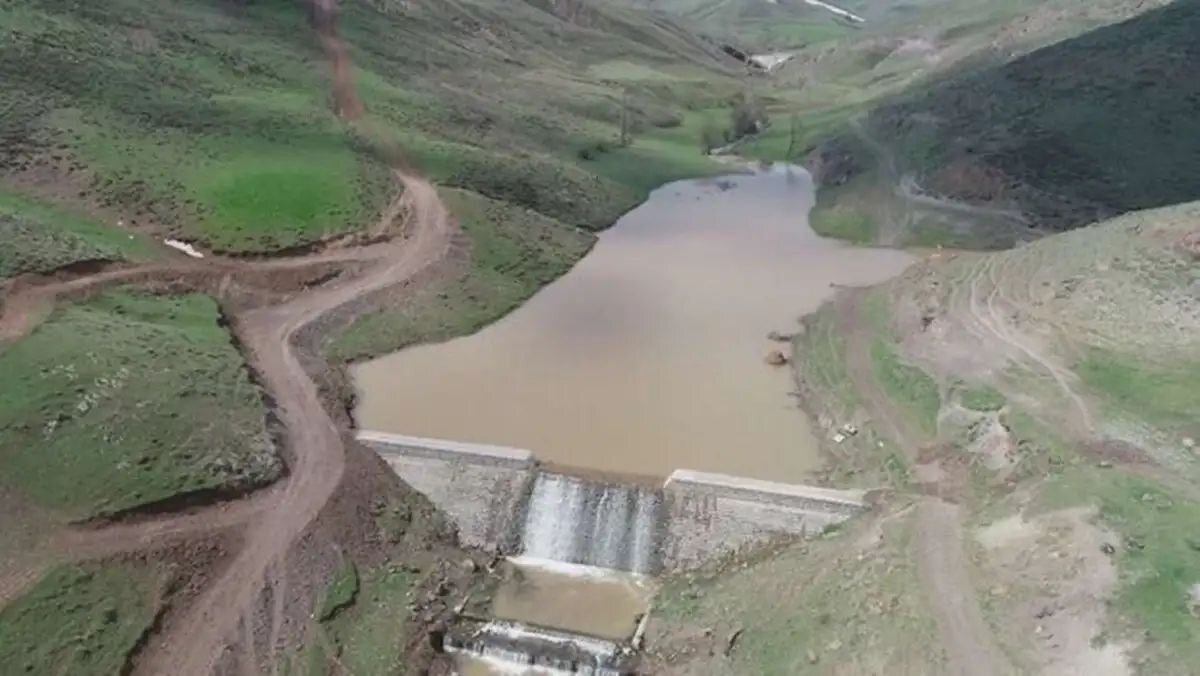Over 250 natural resources projects to be launched during Government Week

TEHRAN – The head of the Natural Resources and Watershed Management Organization has announced the inauguration of more than 250 natural resources projects on the occasion of the Government Week (August 24-30).
More than 5,847 billion rials (about six million dollars) has been allocated to these projects, ISNA quoted Ali Teymouri as saying.
These projects cover various sectors such as watershed management and conservation, seedling production, forests, pastures, and deserts, the official added.
Underlining the crucial role of the country’s natural resources and watershed management projects in sustainable land management, biosecurity, and reverse migration, Teymouri said the main objectives of these projects are to reduce soil erosion, control sediment, strengthen groundwater resources, safeguard and enhance the country’s vegetation, reduce dust, and increase green space per capita.
Launching forest reserve building and wildlife protection station, equipping existing plant nurseries, completing the construction of fire station, distributing solar water heating systems to reduce firewood consumption, constructing semi-circular bund (a low, semi-circular embankment built on a gentle slope to harvest rainwater, prevent soil erosion) and earth dams, restoring and improving pastures, as well as conducting flood spreading operations are among other measures of the organization.
Watershed management budget increased by fifteenfold
In June, Teymouri said the national budget bill for watershed management in the current Iranian calendar year (March 2025-March 2026) is fifteenfold the budget for its preceding year.
Implementing watershed and aquifer management projects can lead to rainfall penetration into the land or infiltration, strong vegetation cover, reduced soil erosion, and improved land dynamics, ISNA quoted Ali Teymouri as saying.
Referring to the drop in rainfall and the rise in global temperature, which can contribute to sand and dust storms, the official said that although the Ministry of Energy focuses on governance in water resources management, from the Natural Resources and Watershed Management Organization’s perspective, territorial sovereignty needs to be considered.
Natural resources, vegetation, biodiversity, fauna, soil, and even air must be seen as an interconnected whole. If the rate of water evaporation is ignored, decision-making based on the amount of water remaining cannot be efficient.
Out of some 400 billion cubic meters of annual rainfall, with 280 billion cubic meters evaporating, only 110 to 120 billion cubic meters of manageable water remains. According to the Ministry of Energy, this year the figure has dropped to 66 billion cubic meters, indicating a 20 to 30 percent decrease compared to its preceding year, Teymouri stressed.
If just 10 percent of the water that evaporates is managed through watershed and aquifer management methods, many positive changes will be brought about.
Currently, about 6,500 villages and 450 cities are at risk of flooding. Managing runoff upstream in these areas is one of the duties of the Natural Resources Organization. Totally, about 25 to 28 million hectares of critical lands have been identified in the country that have the capacity to implement watershed management projects. They are at the top of the agenda of the organization’s programs, Teymouri said.
According to the seventh national development plan (2023-2027), over the course of 5 years watershed management project is scheduled to cover 20 million hectares of the land in the country, that is, four million hectares each year.
MT/MG
Leave a Comment